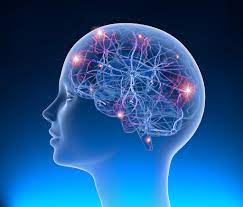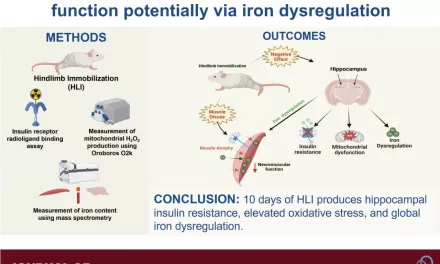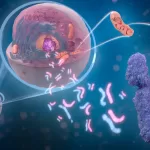In the Second World War, physician Henry Beecher observed a puzzling phenomenon among injured soldiers. Despite suffering from severe battlefield wounds—some even losing limbs—many required no strong painkillers. The explanation lay in the effects of fear, stress, and emotion on the brain, which had the remarkable ability to switch off pain. But how does this mechanism function, and can we harness it to our advantage?
Understanding Pain Perception
Pain is an essential biological function designed to protect rather than harm the body. Contrary to popular belief, pain is not something we simply detect—it is a sensation created by the brain based on information from specialized nerve cells called nociceptors. These neurons respond to potentially damaging stimuli, such as extreme temperatures or mechanical injuries, transmitting signals along the nervous system to the cerebral cortex, where pain is perceived.
Blocking Pain Signals
Various factors can disrupt the transmission of pain signals to the brain. For instance, anesthetics work by blocking nociceptors either locally, as with lidocaine, or globally, as with general anesthesia. However, pain is also highly subjective—one person’s mild discomfort may be another’s unbearable agony.
A rare condition known as congenital analgesia leaves individuals unable to feel pain at all. While this might seem advantageous, it often leads to serious injuries going unnoticed, highlighting the importance of pain as a protective mechanism.
The Brain’s Natural Painkillers
Remarkably, the brain itself has built-in pain management mechanisms. The periaqueductal grey (PAG), a small structure in the midbrain, plays a crucial role in dampening pain signals before they reach the cerebral cortex. In high-stress situations—such as combat or emergencies—this system can temporarily shut off pain perception, allowing individuals to function despite injuries. This response is mediated by enkephalins, natural compounds similar to morphine, which are produced in the brain and spinal cord.
Hacking the Nervous System for Pain Relief
Emerging evidence suggests that we can enhance our brain’s natural painkillers through various activities. Exercise, for example, has been shown to boost enkephalin production, which may explain why physical activity is often recommended for chronic pain management. Other potential triggers include stressful situations, feeding, and even sexual activity, though more research is needed to fully understand these effects.
The Future of Pain Management
Pain research continues to push the boundaries of understanding. In a promising development, the FDA recently approved a new medication, Journavx, for managing acute pain. This drug works by disabling nociceptors in the peripheral nervous system, preventing pain signals from reaching the brain. Such advancements could provide alternatives to opioid medications like morphine and fentanyl, which are highly addictive.
As scientists unravel the complexities of pain perception and suppression, new treatments may emerge that leverage the body’s own mechanisms for relief. Understanding these natural pain pathways could pave the way for innovative, non-addictive therapies that transform the way we manage pain.
Disclaimer: This article is for informational purposes only and does not constitute medical advice. If you are experiencing persistent or severe pain, please consult a healthcare professional.
Provided by The Conversation












